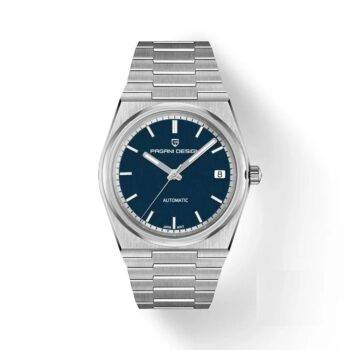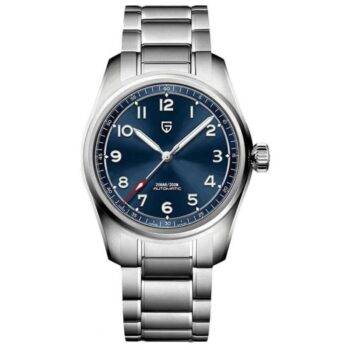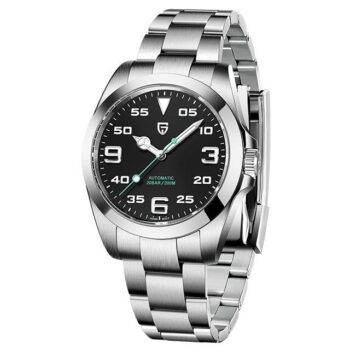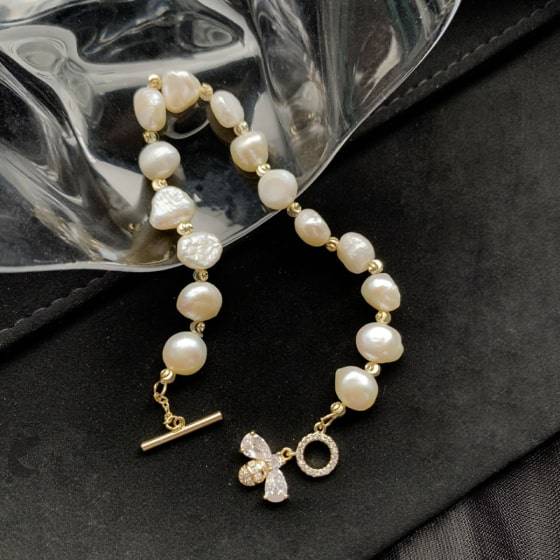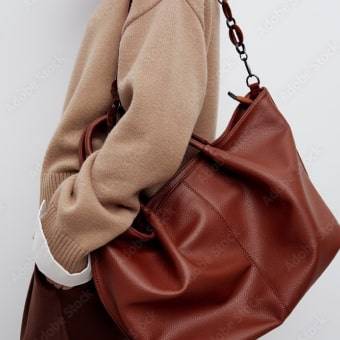A Beginner’s Guide to Watch Terminology
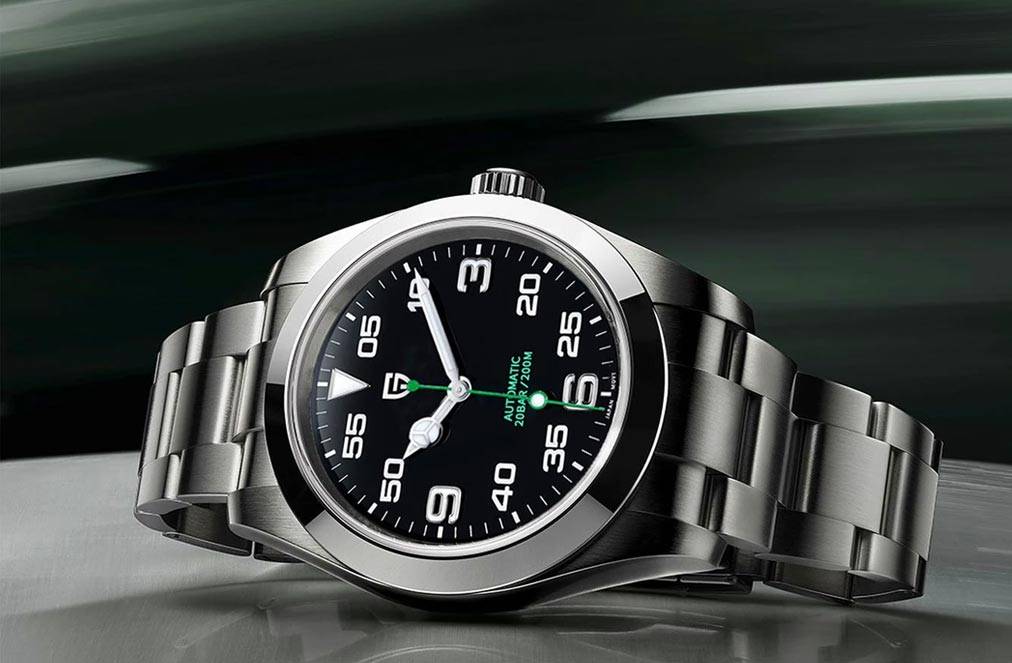
Table of Contents
Guide to Watch Terminology – Introduction:
Welcome to the enchanting world of watches, where time is not just measured but celebrated through a rich tapestry of terminology. If you’ve ever found yourself perplexed by the lexicon of horology, fear not! In this beginner’s guide, we’ll unravel the mysteries of watch lingo, empowering you to speak the language of time with confidence.
Chapter 1: The Basics
Horology 101: A Brief Introduction to the Study of Timekeeping
Horology, derived from the Greek word “horologion,” is the art and science of measuring time. It encompasses the design, creation, and study of timekeeping devices, making it the heartbeat of the watch world.
Anatomy of a Watch: Decoding the Components
Before diving into the intricacies, let’s acquaint ourselves with the basic components of a watch:
- Case: The outer shell that houses the watch’s internal components.
- Dial: The face of the watch, displaying numerals, indices, and hands.
- Hands: The moving indicators on the dial, typically indicating hours, minutes, and seconds.
- Crown: The knob on the side of the case used to set the time and wind the watch.
- Crystal: The transparent cover protecting the dial, commonly made of glass or sapphire.
Chapter 2: Movements and Mechanisms
Tick-Tock: Demystifying Watch Movements
Understanding the movement of a watch is pivotal. There are three main types:
- Quartz Movement: Powered by a battery, known for accuracy and low maintenance.
- Mechanical Movement: Relies on manual winding or automatic winding through wrist motion.
- Automatic Movement: A type of mechanical movement that self-winds with the wearer’s motion.
Complications Unveiled: Navigating Additional Functions
Complications refer to any feature beyond basic timekeeping. Some common ones include:
- Chronograph: A stopwatch function for measuring elapsed time.
- Moon Phase: Displays the lunar phases.
- Tourbillon: A rotating cage that enhances accuracy.
Chapter 3: Materials and Craftsmanship
Beyond Stainless Steel: A Look at Watch Materials
Watches come in an array of materials, each contributing to the timepiece’s durability, aesthetics, and overall character:
- Stainless Steel: Common for its durability and resistance to corrosion.
- Titanium: Known for being lightweight, hypoallergenic, and corrosion-resistant.
- Precious Metals: Gold, platinum, and silver add a touch of luxury to watch designs.
- Ceramic: Highly scratch-resistant and offers a modern aesthetic.
Handiwork and Precision: The Art of Watchmaking
Behind every exquisite timepiece is a tale of craftsmanship. Appreciate the intricate process of watchmaking:
- Assembling the Movement: Skilled artisans meticulously assemble the delicate components that make up the watch’s movement.
- Decorative Techniques: From intricate engravings to delicate guilloché patterns, explore the artistry that adorns watch cases and dials.
- Complications Crafting: Watchmakers delicately create complications, showcasing their mastery in enhancing a timepiece’s functionality.
Chapter 4: Styles and Design
From Dress to Dive: Recognizing Different Watch Styles
Watches cater to various lifestyles and occasions. Explore the diversity of watch styles:
- Dress Watches: Elegant and understated, perfect for formal occasions.
- Sports Watches: Robust and functional, designed for active lifestyles.
- Dive Watches: Water-resistant and durable, ideal for underwater adventures.
- Aviator Watches: Inspired by aviation, featuring large, easy-to-read dials.
Dialing In: Understanding Watch Face Elements
The watch face is a canvas where design and functionality converge. Explore the key elements:
- Indices and Numerals: Hour markers on the dial, providing a reference for reading the time.
- Hands: Various hand styles, including hour, minute, and second hands, contributing to the overall design.
- Complications on the Dial: Sub-dials, date windows, and additional features that enhance the watch’s functionality.
Chapter 5: Maintenance and Care
Timeless Tips: Caring for Your Timepiece
Preserving the longevity and beauty of your watch requires proper care:
- Cleaning: Gently wipe the case and bracelet with a soft cloth to remove dirt and oils.
- Servicing: Regularly service your mechanical watch to ensure proper functioning.
- Storage: Store watches in a cool, dry place, preferably in a watch box or pouch.
- Water Resistance: Be aware of the water resistance level and avoid exposing the watch to excessive moisture.
Short watch Knowledge FAQs:
What is the parts of a watch called?
The various components of a watch are collectively referred to as its “anatomy.” Key parts include the case, dial, hands, crown, and crystal.
What is a lover of watches called?
An enthusiast or collector of watches is commonly referred to as a “horophile” or simply a “watch enthusiast.
What is the term for watch face?
The watch face is commonly known as the “dial.” It includes features like numerals, indices, hands, and any additional elements indicating time.
What is the watch mechanism called?
The mechanism responsible for the functioning of a watch is known as the “movement.” There are various types, including quartz movement, mechanical movement, and automatic movement.
Conclusion:
As we wrap up our journey through the intricate realms of watch terminology, materials, craftsmanship, styles, and care, you’ve now embarked on a path where time is not merely a measure but a tapestry woven with precision, artistry, and passion.
Mastering the language of watches extends beyond knowing the names of components; it’s about appreciating the stories engraved in each tick, the artistry encapsulated in every dial, and the commitment to craftsmanship that transforms a watch into a timeless companion.
Whether you’re an aspiring collector, a seasoned enthusiast, or someone simply intrigued by the world of watches, the keys to horological mastery lie in curiosity and continuous exploration. The world of watches is dynamic, with trends evolving, and innovations shaping the future.
Armed with this newfound knowledge, you’re not just a spectator in the world of horology; you’re an active participant, ready to explore, appreciate, and curate your collection. Remember, a watch is not just a device to tell time; it’s an embodiment of history, a testament to human ingenuity, and a symbol of personal style.
As you embark on your watch journey, may each tick remind you to savor every moment, and may each intricacy deepen your appreciation for the timeless art that is watchmaking. Happy exploring and timekeeping!
All right’s reserved @ 2024 Jwlraddicts.com




